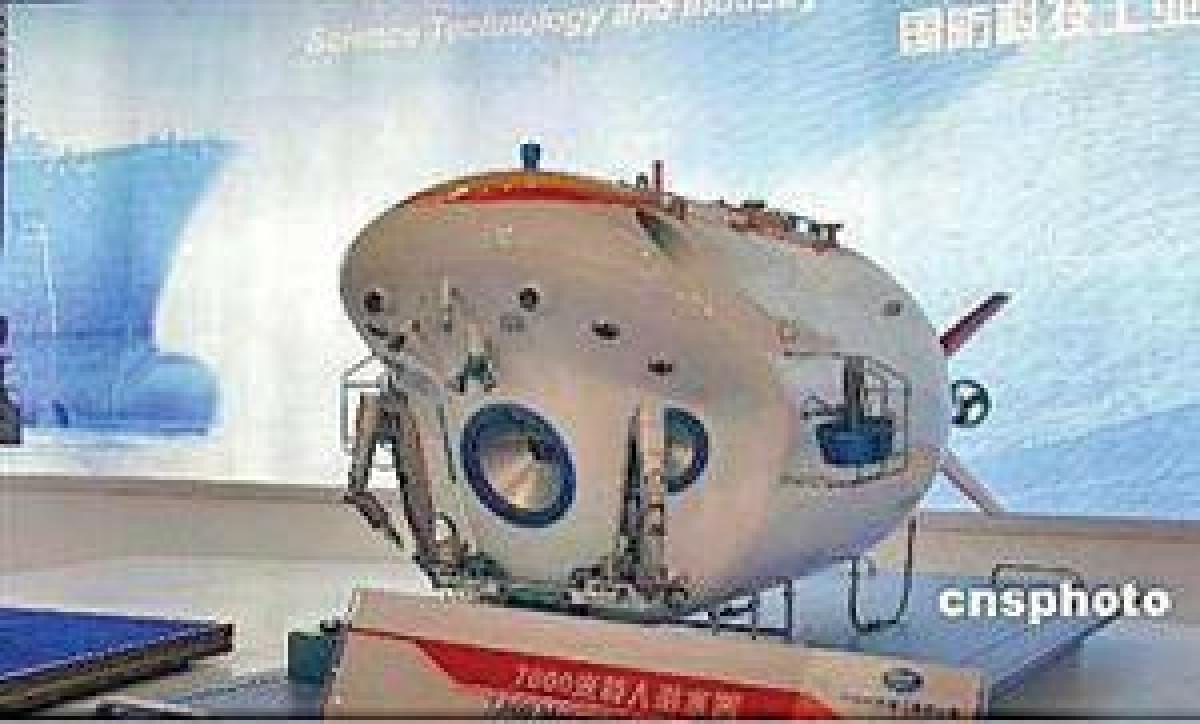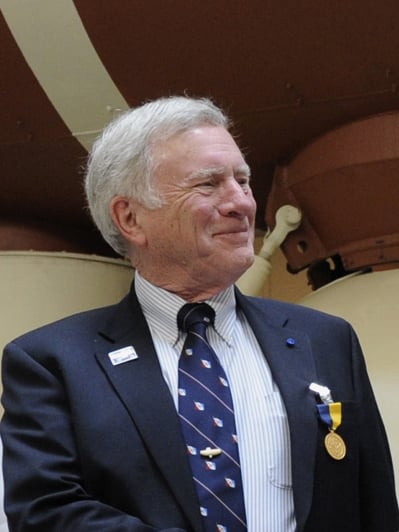In August 2009, the People's Republic of China (PRC) began sea trials with its newly constructed Harmony 7000 three-person submersible. Capable of diving to 23,000 feet (7,000 meters), it is the world's deepest-diving manned vehicle.
This development marks another step forward for China's emerging undersea technology programs. Beginning in the late 1990s, it developed 20,000-foot-capable (6,000-meter) remotely operated and autonomous underwater vehicles, with significant assistance provided by Russia, Canada, and the United States.
A considerable amount of national pride is tied to this program. The deep-diving "bathyscaphe" was first announced in 2004 as part of the nation's Tenth Five-Year Plan (2001-05). Academician Jin Xianglong of the China Academy of Engineering noted, "If China wants to quickly become a strong nation, we must shift our strategic objective toward the sea, conquer the underwater space, and be a strong marine power." Further, China's press agency, Xinhua News, wrote, "The national underwater program will be given equal importance to China's space endeavors."
Sun Zhihui, director of the State Oceanic Administration (equivalent to the U.S. National Oceanic and Atmospheric Administration) claimed that it would be the first manned vehicle to reach such a depth. The declaration is inaccurate as the U.S. Navy's Bathyscaph Trieste and the French Navy's bathyscaph Archimede reached those depths in the 1960s. The last of these deep divers, the Trieste II, was retired in 1984.
The Harmony 7000's depth capability trumps the former current deepest diver, Japan's Shinkai 6500, with its 21,325-foot (6,500-meter) maximum. Also, Russia and France each have manned vehicles with diving limits of about 19,600 feet (6,000 meters). The United States has nothing comparable.
Simply diving to a great depth should not be solely a matter of national pride. A 6,000- to 7,000-meter depth capability gives scientists access to between 97 and 98 percent of the oceans' seafloor. And the more "eyes" down there, the more we will learn.
The Chinese came late to having a manned deep-ocean capability. The principal organization for design development was the Underwater Engineering Research Institute of the Shanghai Jiaotong University. In the mid-90s it developed relatively shallow diving submarine rescue submersibles for its navy and a single experimental manned vehicle for general underwater work. Maximum depths for these vehicles did not exceed 2,000 feet. The slow pace of progress on the Harmony 7000 was a combination of China's limited technical competence derived from earlier development of unmanned submersibles, a steep learning-curve, and budgetary problems. To expedite work, Chinese engineers visited several organizations in the world that had experience with design, construction, and operation of deep-diving manned submersibles.
Information about the Harmony 7000 has been difficult to obtain. Brief, infrequent news reports from China and a model seen at an October 2007 trade show indicate a very conservative design using ideas and hardware components acquired from the West. The model shows a streamlined vehicle with three viewports, two manipulator arms, several external lights, and thrusters to provide precise movement about all axes. The most complex item on board, the titanium pressure hull, was built in St. Petersburg, Russia, and pressure-tested at the Krylov Institute there.
Construction was completed in 2008 with on-land test tank submergences to 15 meters before the first shallow test dives were made in the South China Sea. In addition, a dedicated mother ship is under construction. She should be ready by 2010 with the ship and submersible forming a deep-ocean research system.
This year, the testing program is making a series of increasing depth dives, with the goal being 1,000 meters by December. The tests will continue through 2010 with the first maximum-depth dive being in early 2011 in the vicinity of the Marianas Trench. This slow pace of testing reflects the Chinese team's "learning while doing" as well as ever-present budgetary constraints.
The Harmony 7000 will be used for a wide variety of deep-ocean investigations; however, early program announcements stated that the China Oceans Mineral Resources R&D Association would employ it. With a depth rating of 23,000 feet, the vehicle could reach the most important potential seafloor mining sites in the world's oceans. This research would be a function of China's increasing global search for raw materials.
If the Harmony 7000 can be well-equipped and fully supported, then the global oceanographic community should celebrate her arrival. If the Chinese can develop productive research programs and share their data with the world, then they will have made a major contribution to our collective knowledge of the world ocean.





